Media laws at Vatican City
In Vatican City, media laws are shaped by both the sovereign state and the Catholic Church, as it is the smallest independent state in the world and the center of the Roman Catholic Church. The media in Vatican City operates under a unique set of regulations, which are deeply influenced by religious, moral, and ethical principles rooted in Catholic doctrine. Here's an overview of media laws in Vatican City:
📜 Legal Framework
🏛️ Constitution of Vatican City (1929)
Vatican City’s constitution is primarily guided by the Lateran Treaty of 1929, an agreement between the Holy See (the governing body of the Catholic Church) and the Kingdom of Italy that created the independent state of Vatican City.
The Lateran Treaty establishes the Vatican as an independent entity with its own set of legal norms, and it sets the foundation for the governance of the media in the state.
📝 Apostolic Constitution "Regimini Ecclesiae Universae" (1967)
This document, issued by the Pope and focusing on the Church’s governance, also touches on the role of the Vatican’s communications services, ensuring that the Church’s values, morals, and teachings are maintained across all media platforms.
🏛️ Regulatory Bodies
📰 The Holy See's Secretariat for Communication
The Secretariat for Communication is the main governing body overseeing all media activities in Vatican City. It coordinates the activities of various media outlets, including Vatican Radio, Vatican Television Center (CTV), and the Vatican News website.
The Secretariat was established in 2015 to streamline the Church's media presence and to oversee the Catholic Church's communications strategy worldwide.
The Vatican also established a press office which communicates official information about the Holy See and the Pope’s activities to both domestic and international media outlets.
📡 Vatican Radio
Vatican Radio, founded in 1931, is a key part of the Holy See’s outreach and operates in multiple languages, broadcasting religious and general content. It is one of the oldest and most influential radio stations in the world, especially in terms of its international reach.
While it provides religious content, Vatican Radio also broadcasts news relevant to the Catholic Church and the world at large, though the content is heavily influenced by Catholic teachings and perspectives.
📺 Vatican Television Center (CTV)
The Vatican Television Center (CTV) is responsible for producing video content for both Vatican-based broadcasts and live streaming events related to the Pope and Church activities.
CTV is used to cover official papal events, Masses, and other significant occasions such as the Papal Encyclicals and speeches, and it provides a direct link to the Vatican’s media presence.
🚫 Censorship and Content Regulation
Media content in Vatican City is subject to specific moral and religious standards aligned with Catholic doctrine. Media outlets are expected to uphold and promote Catholic values, including respect for human dignity, morality, and the promotion of peace and justice.
The Vatican does not censor media in the way many other authoritarian governments do, but there are strict guidelines and expectations for ethical journalism and responsible reporting, particularly in terms of religious topics, social issues, and the Church's teachings.
Content Restrictions:
Media content in Vatican City is centered on religious, ethical, and moral principles derived from Catholic teachings. Journalistic freedom in Vatican media is constrained by the requirement to maintain these principles.
Coverage of the Pope's activities is central, and any information about the Vatican is often framed in terms of the Catholic faith, doctrine, and practice.
Criticism of the Church or Pope:
While there is freedom of expression, criticism of the Pope or the Holy See within Vatican media outlets is rare and typically not tolerated. The Vatican's media outlets operate in alignment with Church teachings, which can sometimes lead to a lack of critical reporting or objective coverage.
Editorial Guidelines:
Catholic Church ethics also extend to the media's responsibility to uphold moral integrity, discourage immoral behavior, and spread messages of faith. Reporting on sexual misconduct, for instance, would be carefully handled in a way that reflects the Church’s moral stance.
📰 Media Landscape
Vatican City’s media landscape is highly centralized, with most media outlets being state-run or directly controlled by the Catholic Church.
Vatican Media Outlets:
Vatican Radio: Provides extensive radio broadcasts in multiple languages, offering content about Catholic teachings, the Pope’s messages, and news related to the Church.
Vatican Television Center (CTV): Broadcasts papal events and religious programming, as well as producing content related to the Pope’s activities and Church initiatives.
Vatican News: The official Vatican website and news portal, which provides coverage of global and local events from the perspective of the Catholic Church. It serves as an online news platform to communicate messages of the Pope, updates on Church activities, and religious events.
L'Osservatore Romano: The official newspaper of the Holy See, which reports on global events from a Catholic perspective. The paper is published in Italian but is also available in several other languages.
Independent Media:
There are no independent media outlets in Vatican City in the traditional sense. All media entities are connected to the Catholic Church and are primarily focused on religious communication rather than independent journalism or secular news reporting.
Media outlets in Vatican City are generally not critical of the Church, as the content they produce aligns closely with Catholic doctrine.
📊 Press Freedom and Journalists' Rights
Press freedom in Vatican City is restricted in the sense that journalists and media outlets must work within the framework of Catholic teachings and uphold the values of the Church. Independent, secular journalism is essentially absent.
Journalistic independence in Vatican media is limited, as reporters and journalists are expected to align with Catholic doctrine. As a result, reporting tends to be positive and aligned with Church objectives, especially regarding papal actions, teachings, and Church-related matters.
Press Access and Restrictions:
Media access to the Pope and Vatican officials is usually granted for specific events or under controlled circumstances. Journalists often report on press conferences, papal visits, and mass events, but critical coverage of the Vatican's inner workings is rare.
Journalists working for the Vatican are expected to follow certain ethical guidelines that are in line with Catholic values.
💡 Key Trends and Challenges
Centralization of media: Vatican City has one of the most centralized media systems in the world. The Holy See controls almost all media production, and independent press does not exist.
Communication strategy: In recent years, the Vatican has made strides to improve its global communication strategy, with the establishment of the Secretariat for Communication in 2015 and the modernization of digital media platforms (including social media outreach).
International influence: Despite being a small city-state, Vatican City's media reaches a global audience, as it often shapes the Church’s engagement with the world. The Pope's Twitter account, for example, has millions of followers.








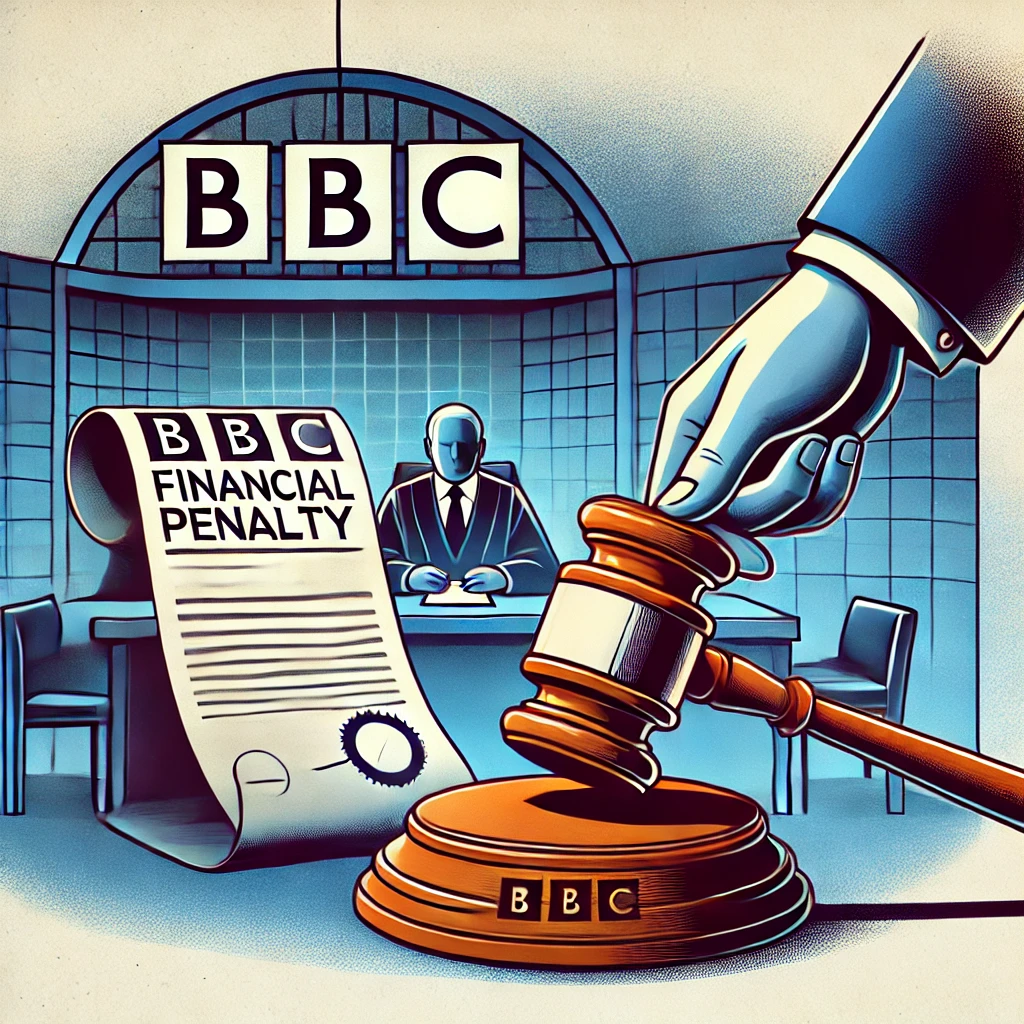


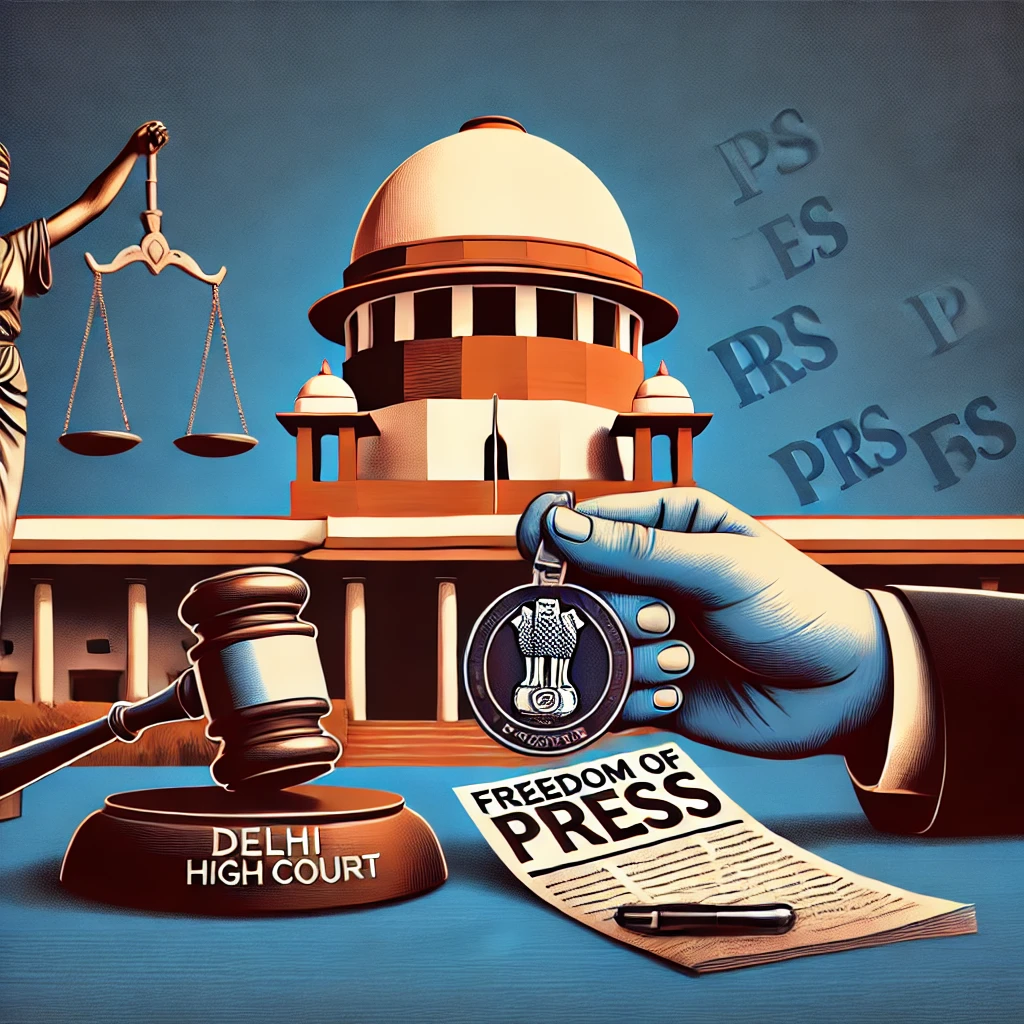
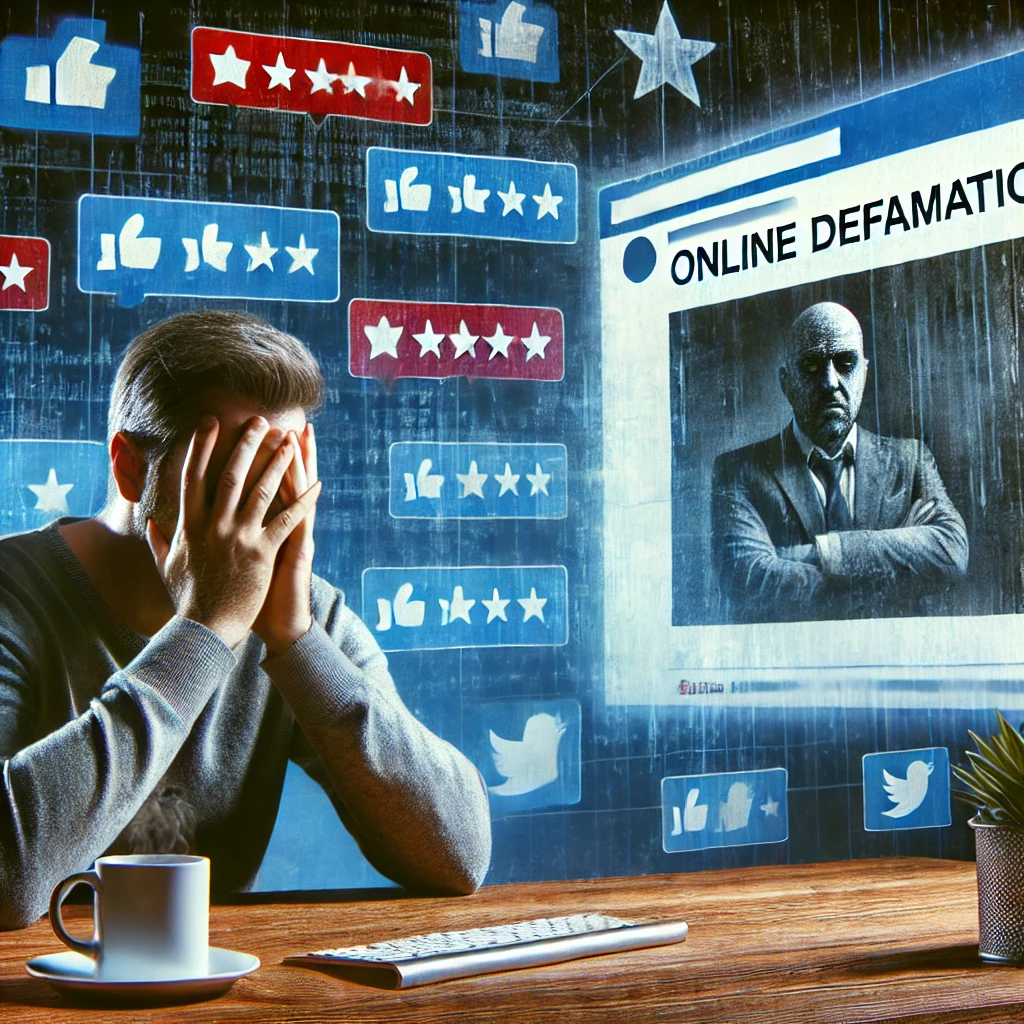
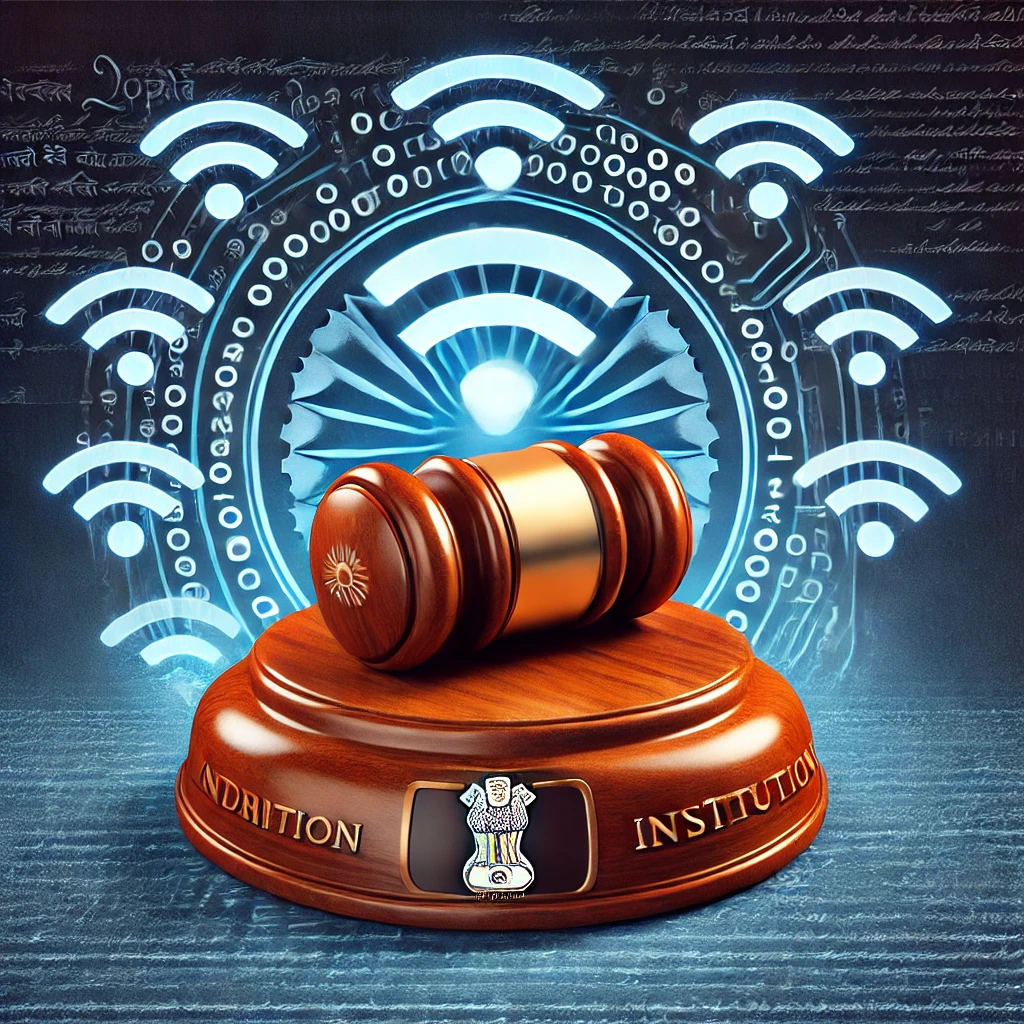




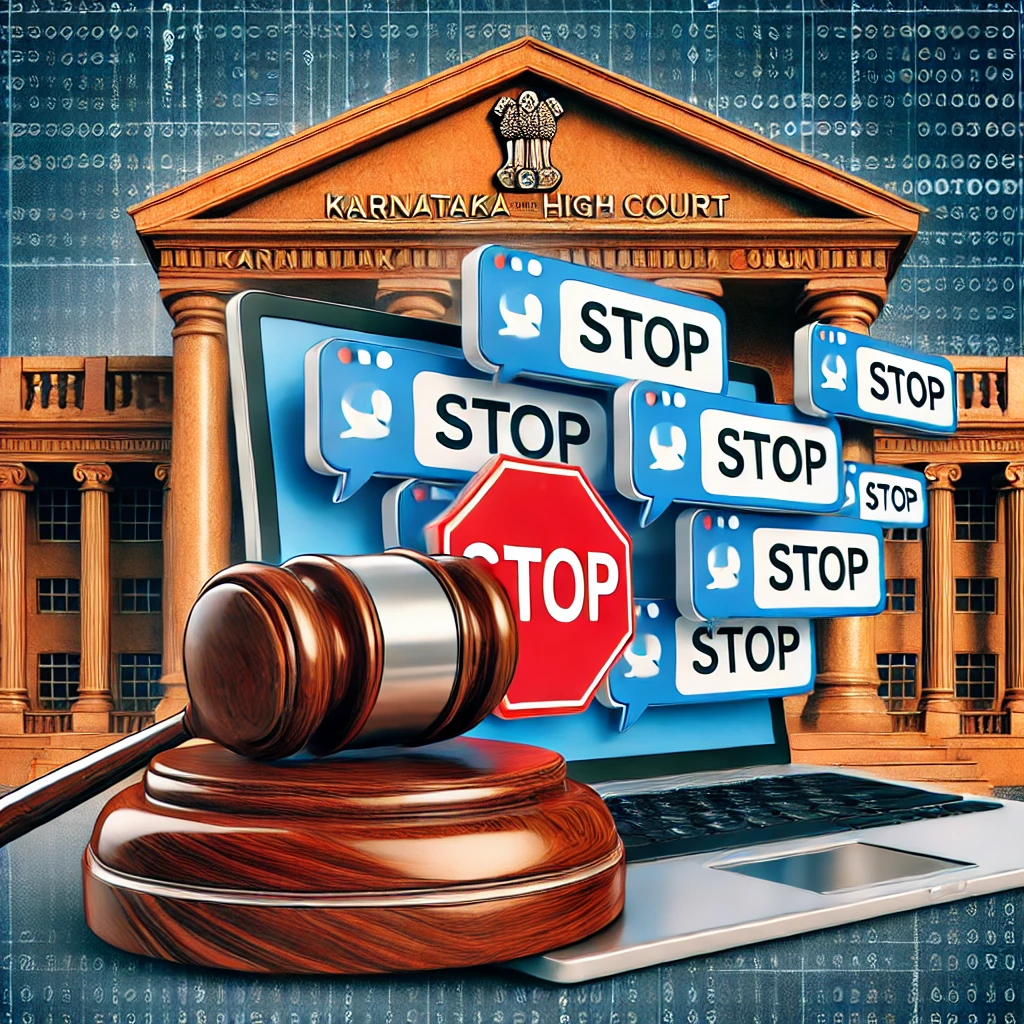

0 comments